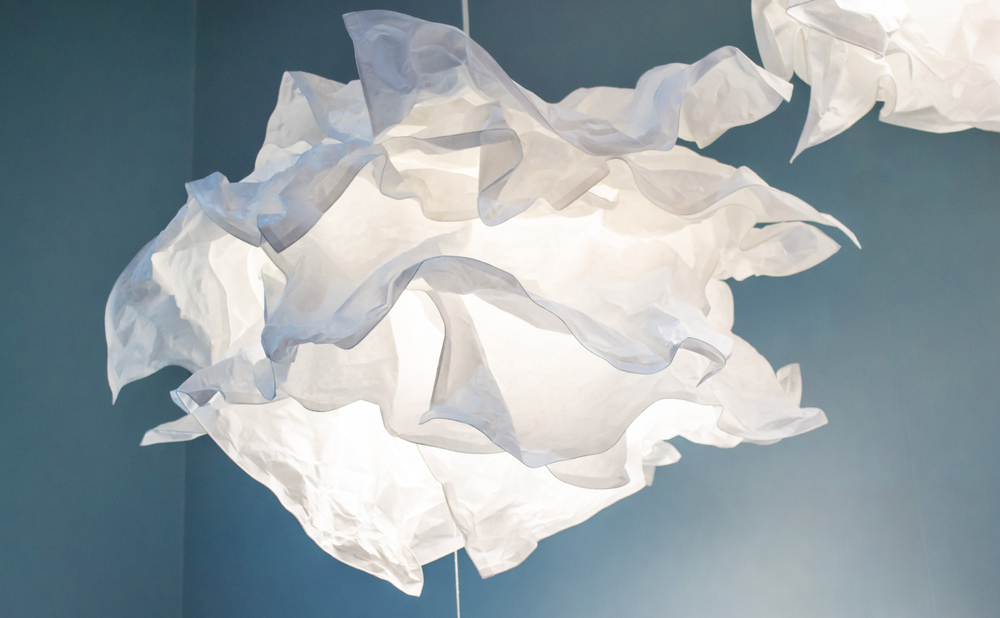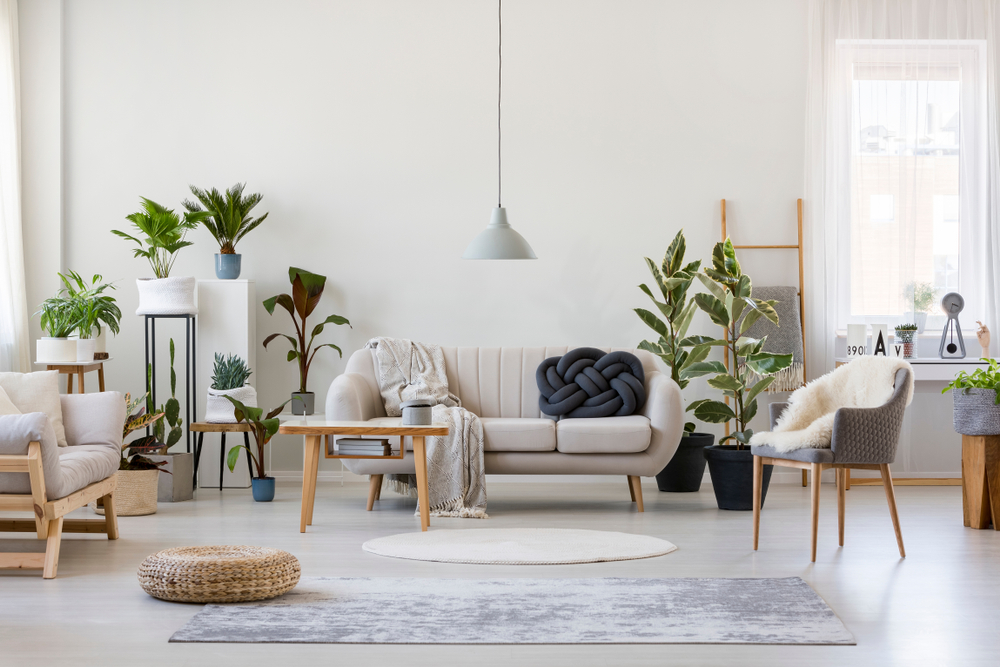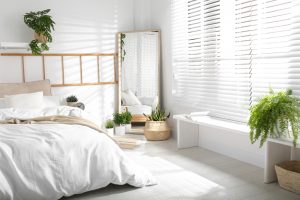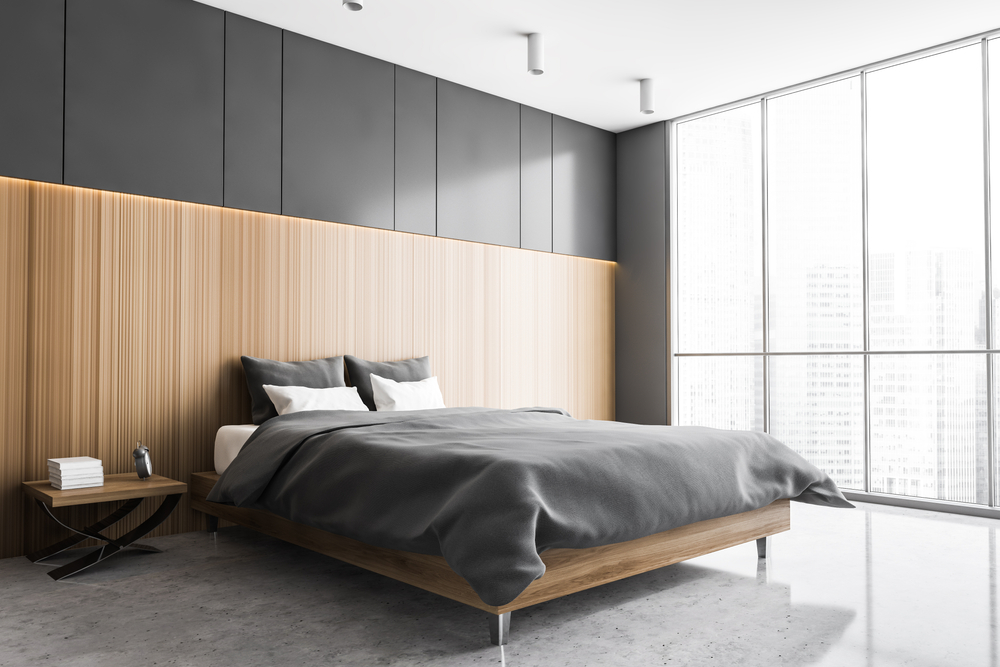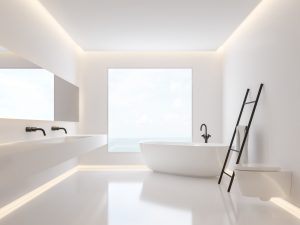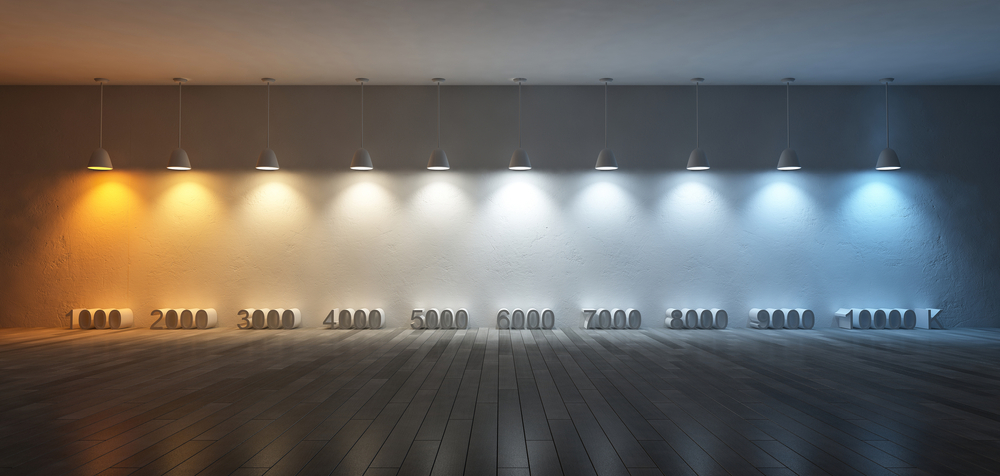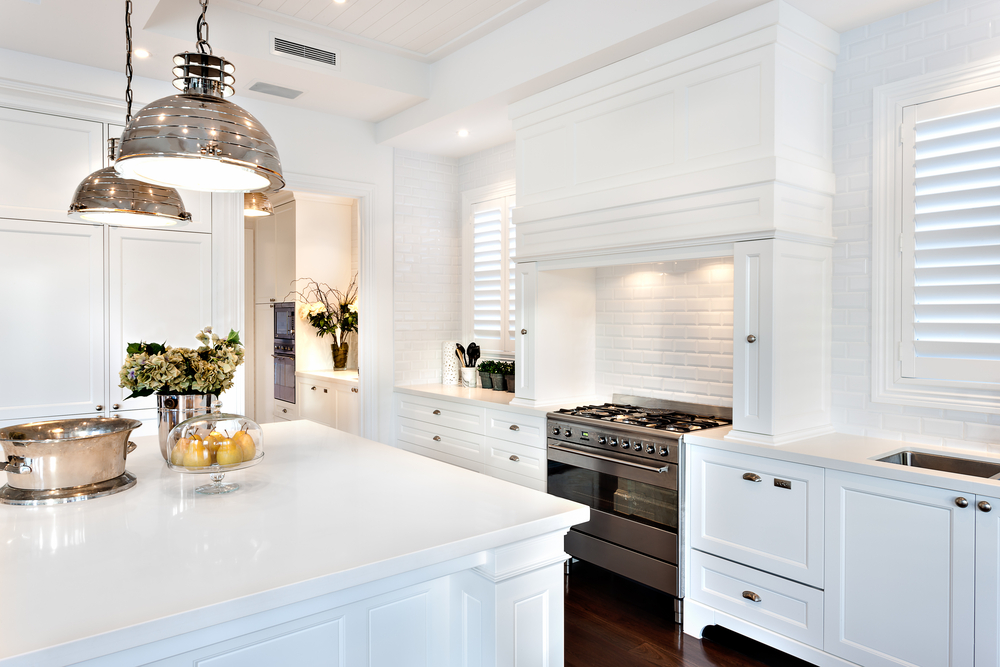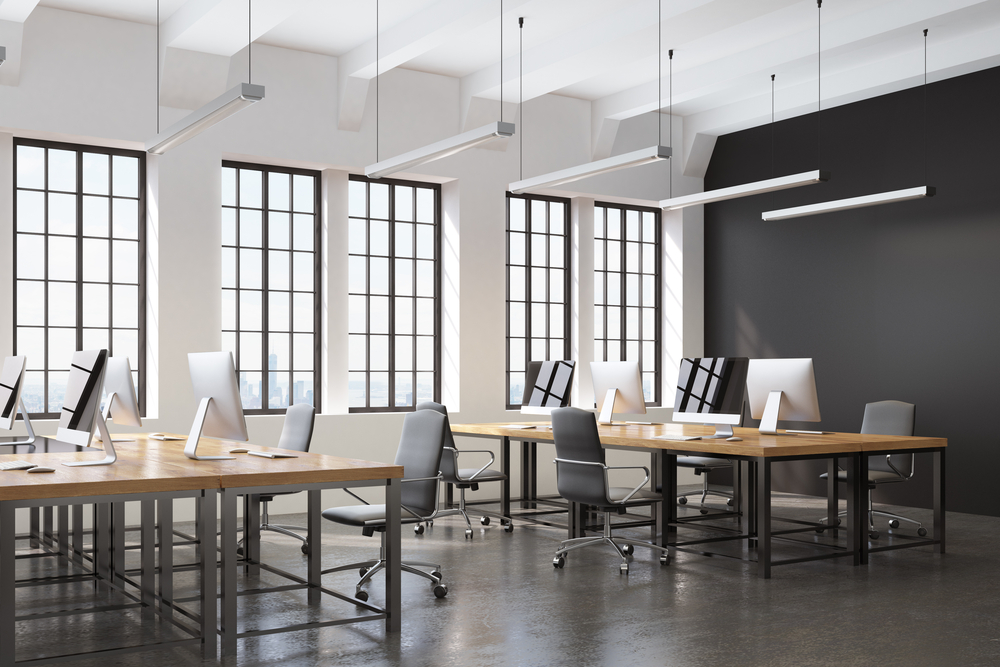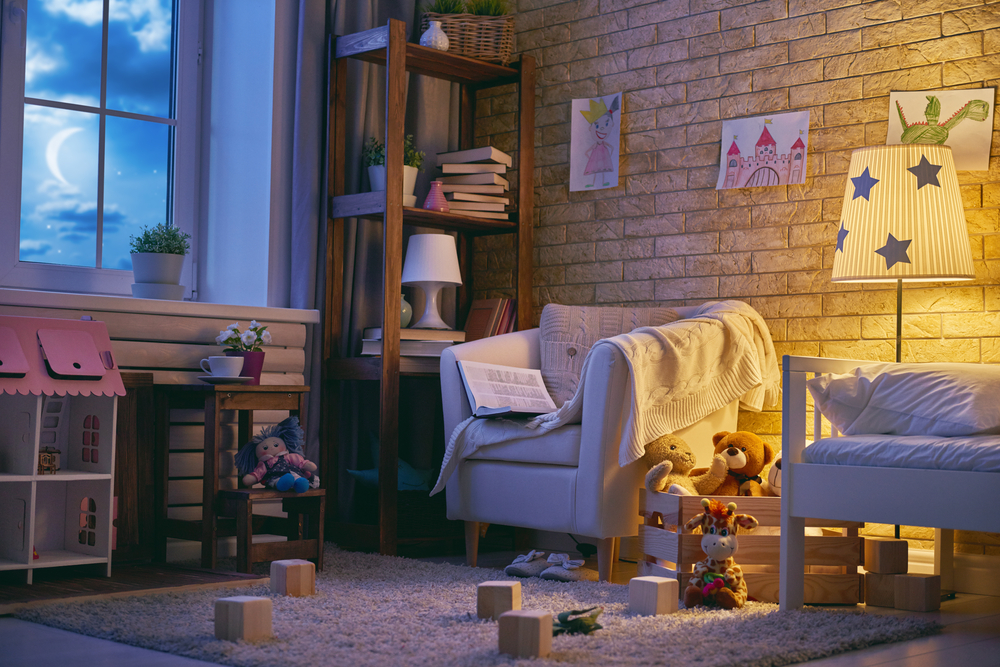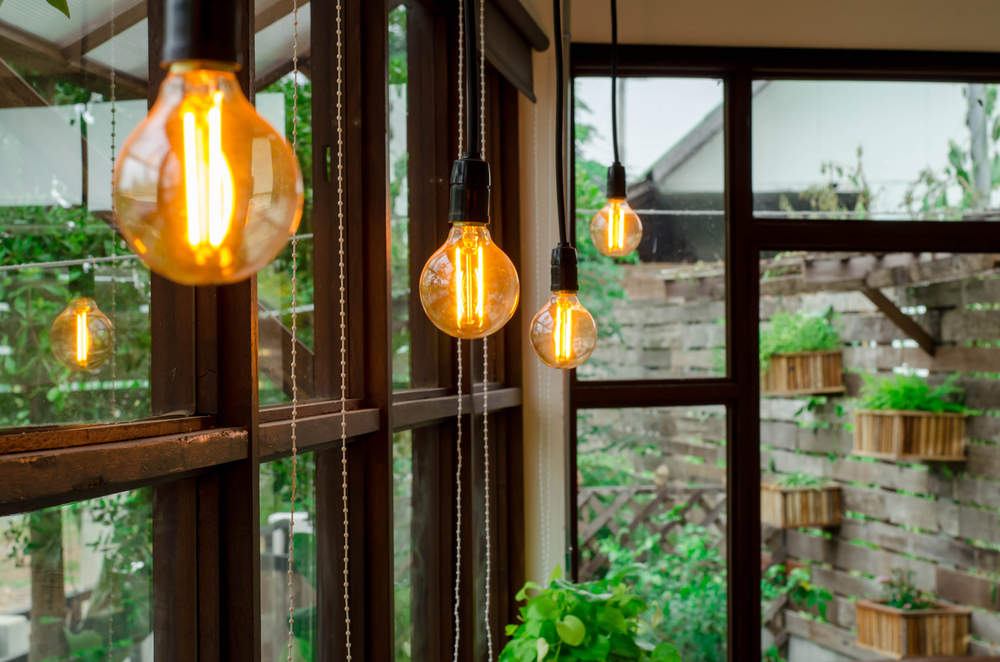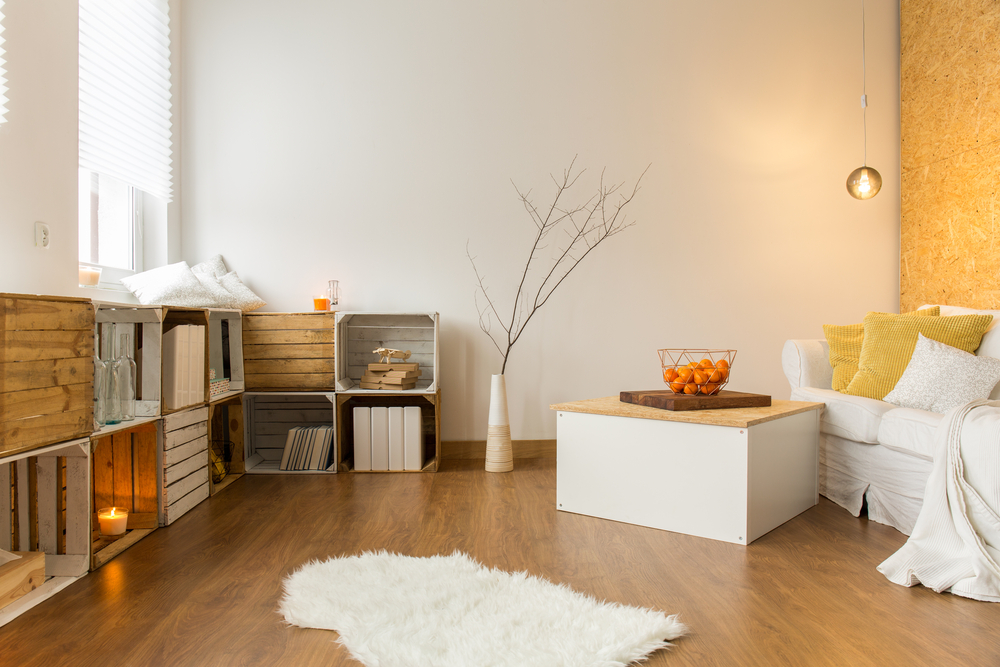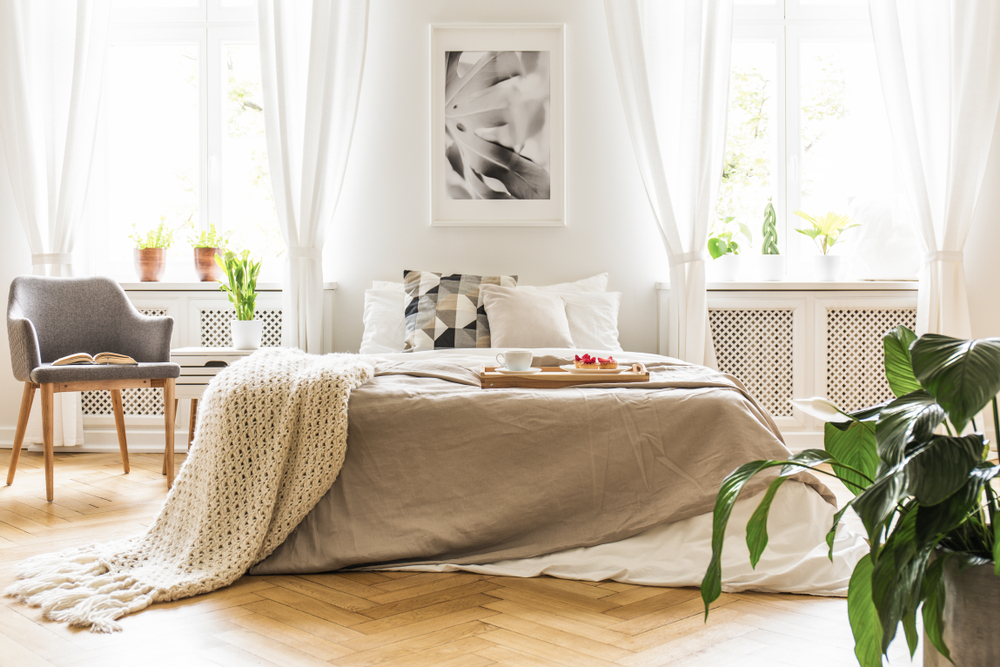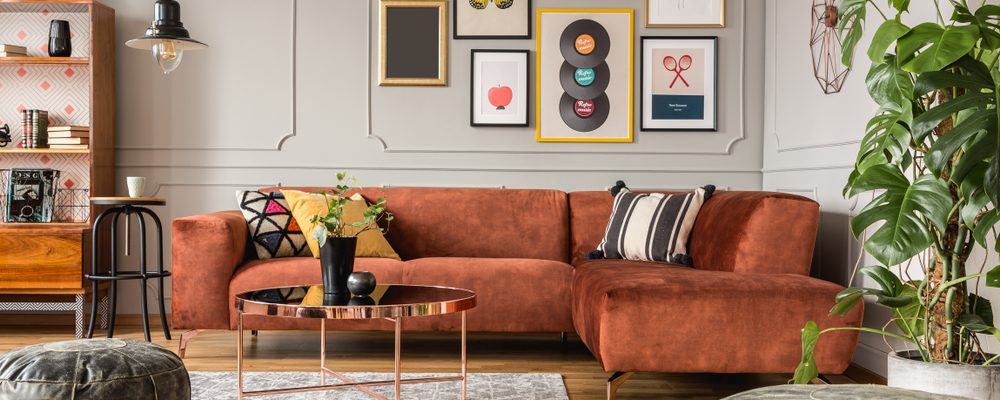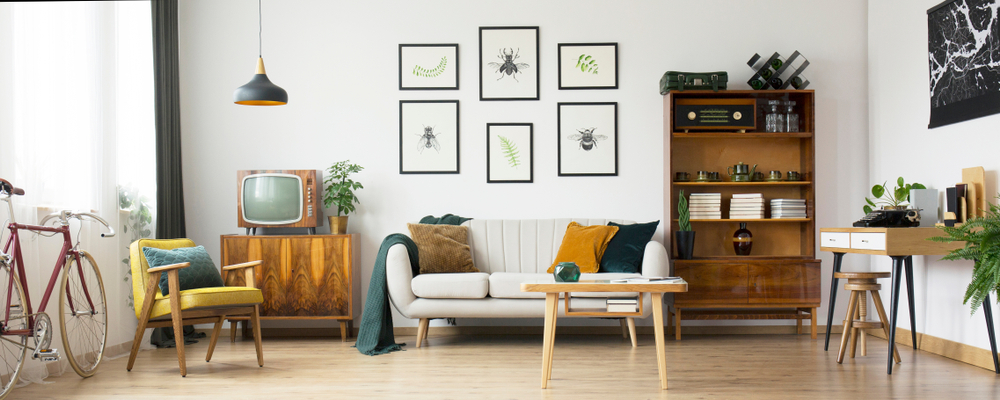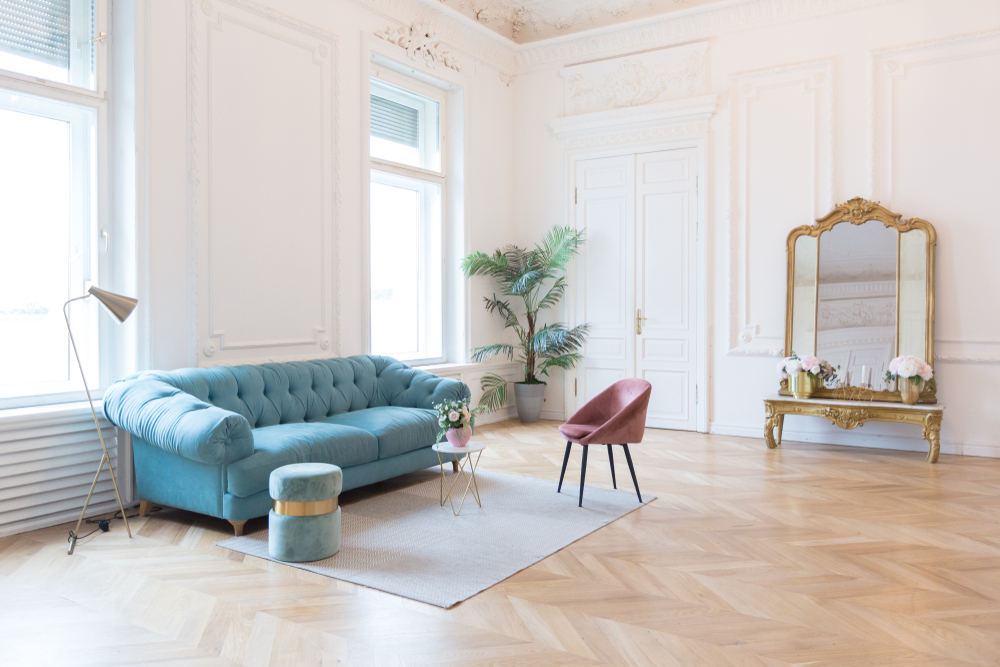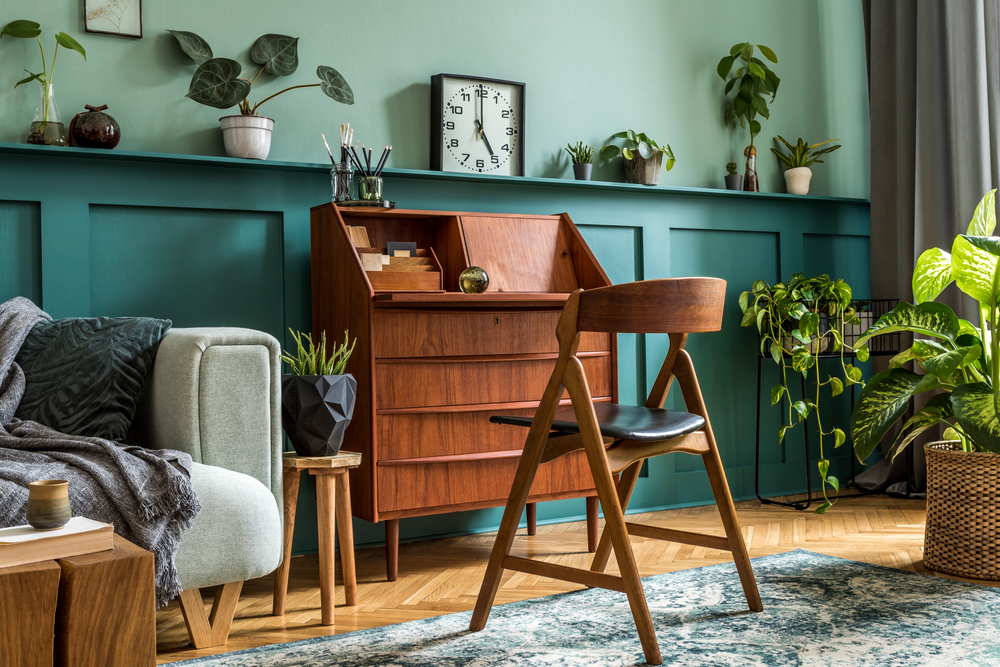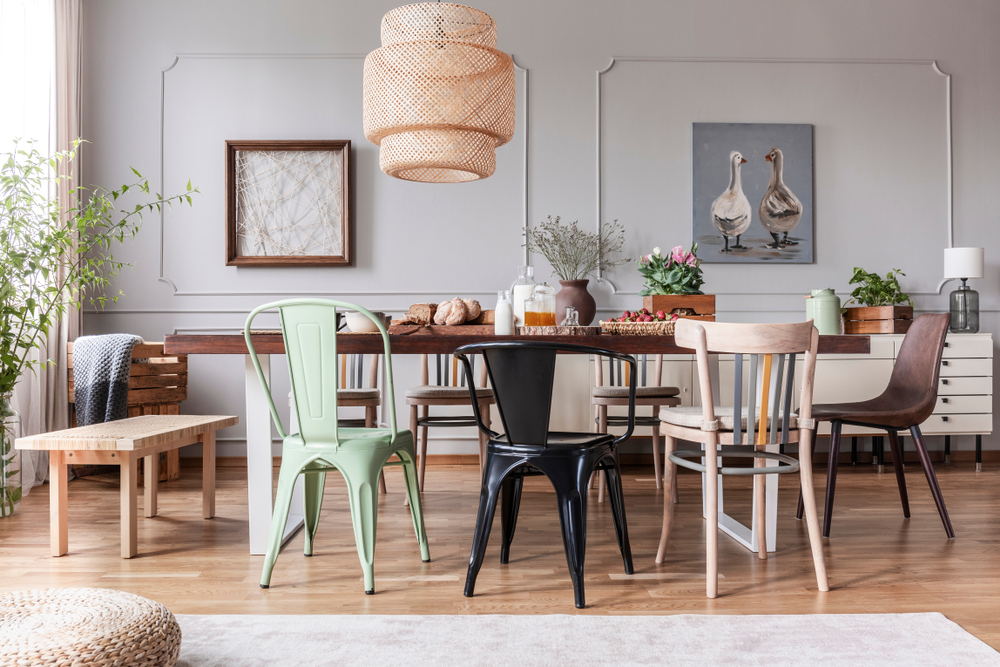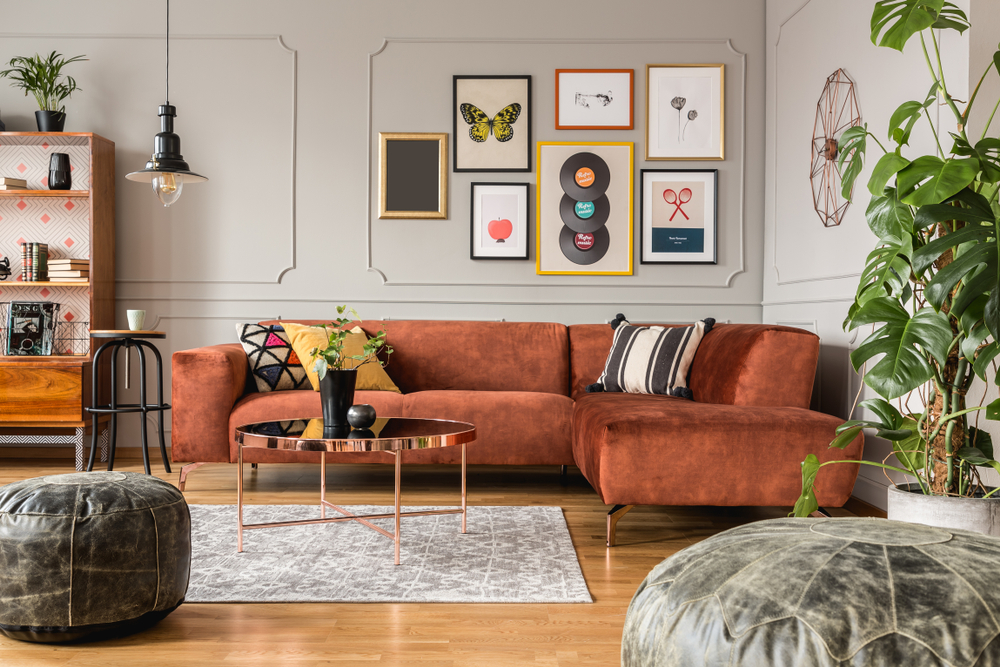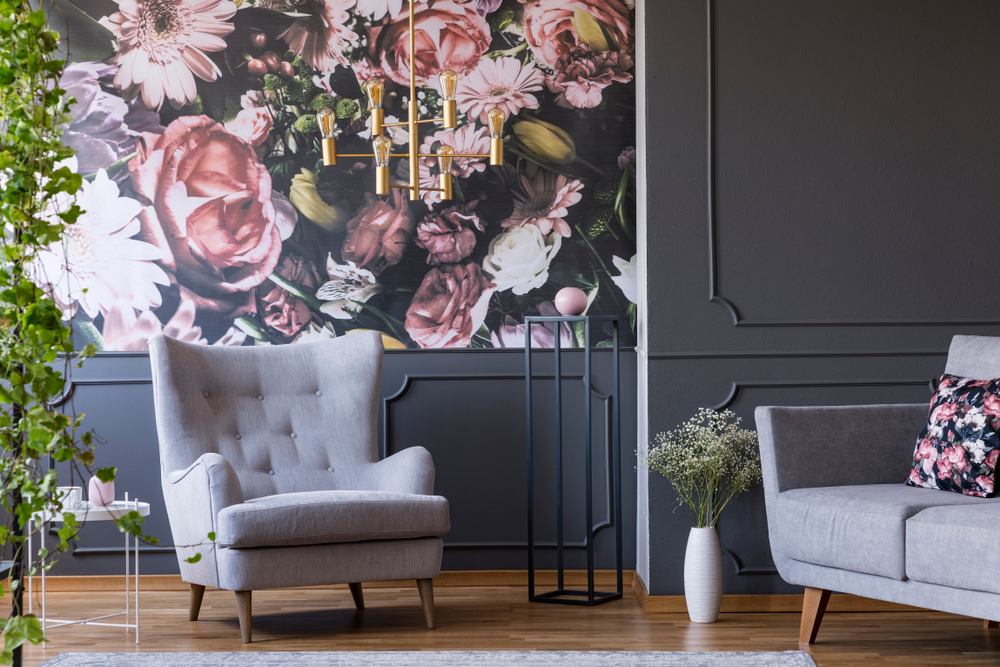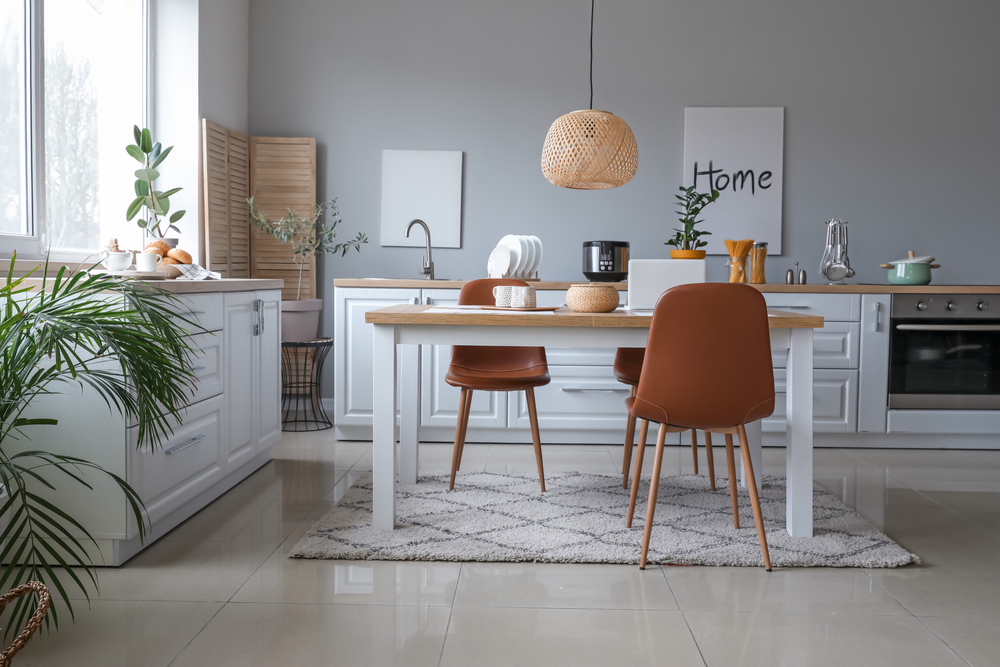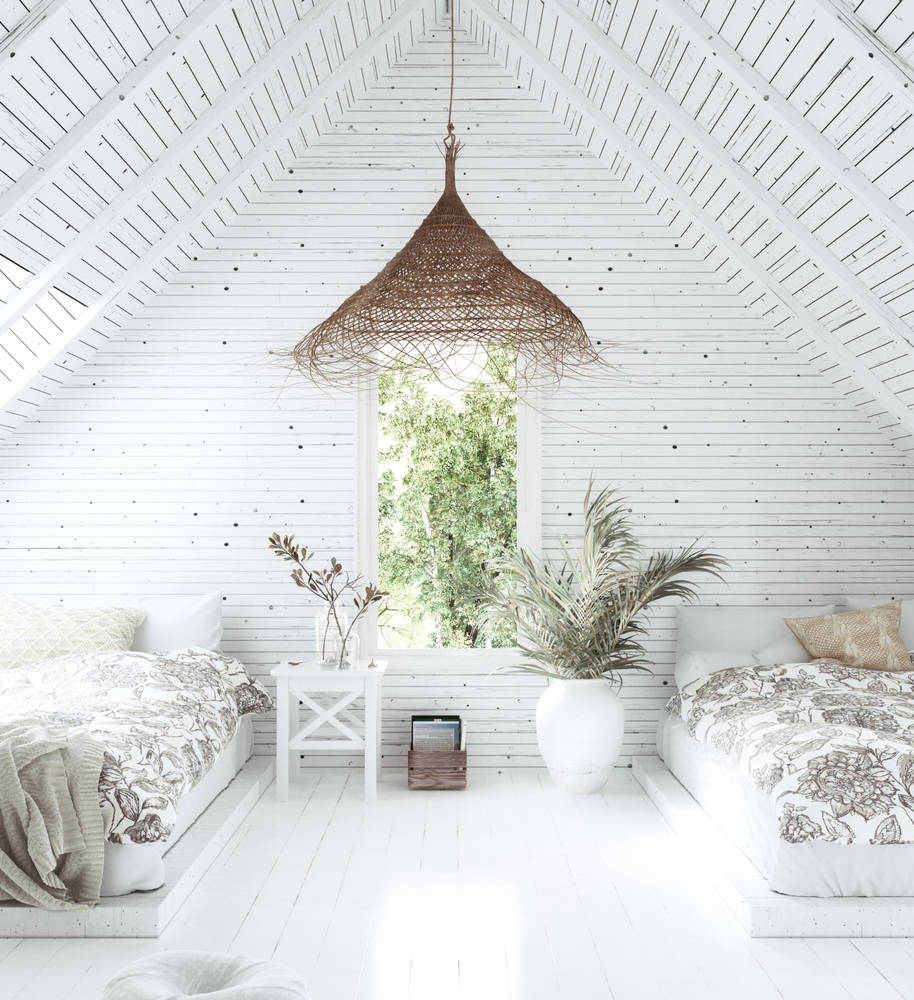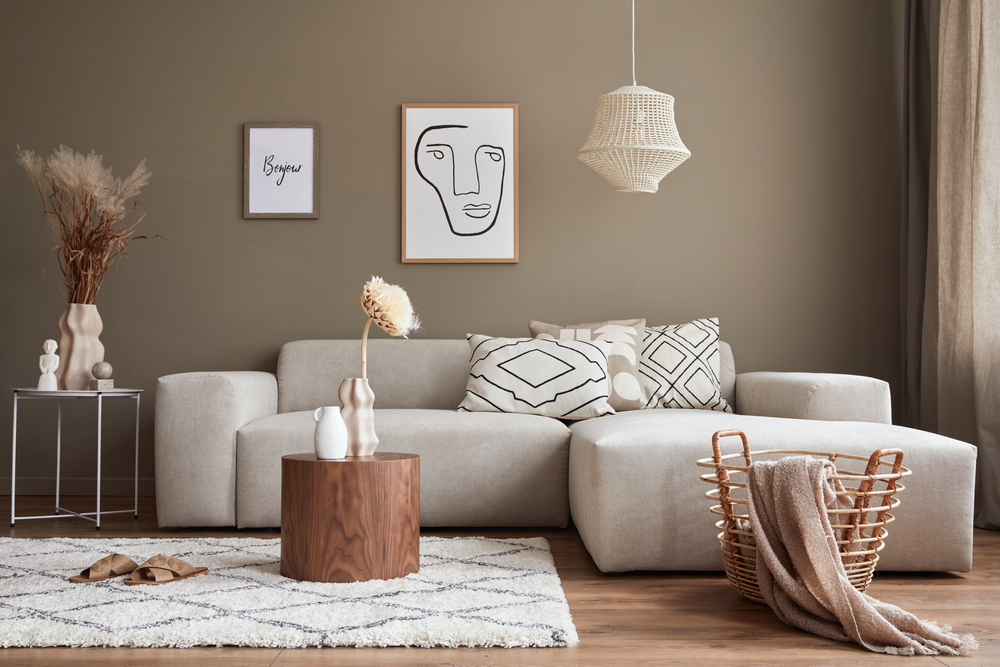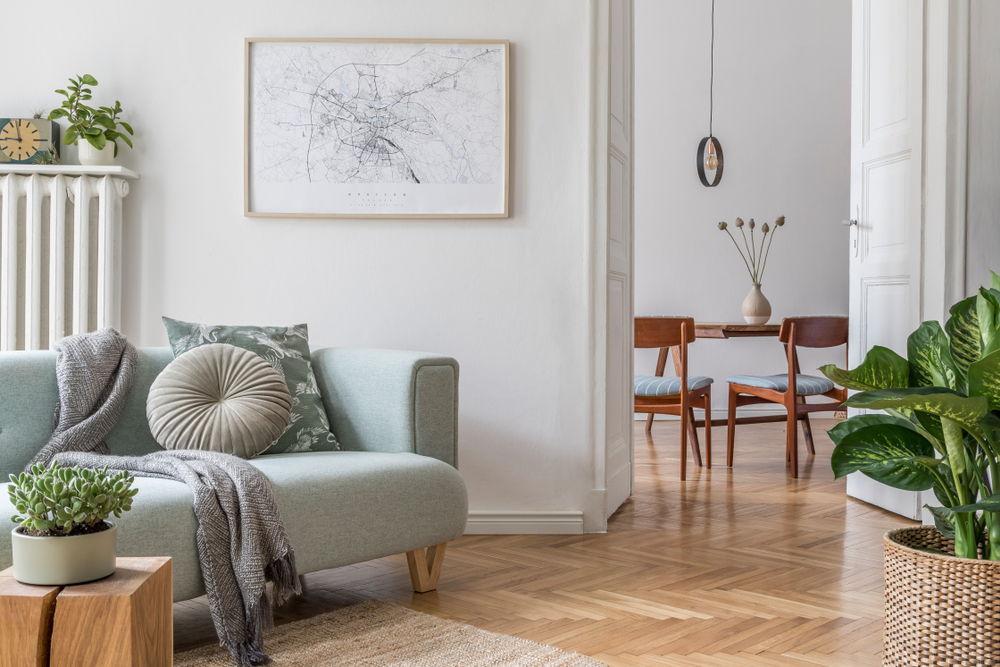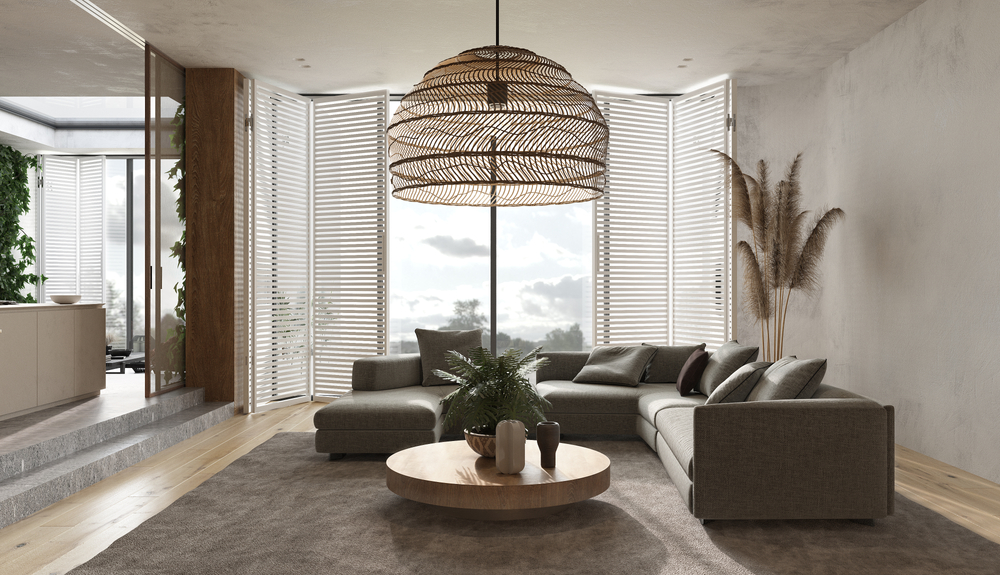Kitchens are the heart of the home, and you need that heart to be well-lit. A poorly lit kitchen is a bad design at best and a safety hazard at worst. You handle knives and hot pans in the kitchen – that’s not something you should be doing in the dark!
Creating a quality kitchen lighting layout requires strategic layering of different types of light. Depending on the size of your kitchen, you may find that you need upwards of twenty different bulbs or fixtures – that takes planning!
Luckily, there is a simple way to categorize the types of light you’ll need in your kitchen: ambient, task, and accent. Once you have a basic understanding of these three lighting classes, you’ll be able to light a beautiful and versatile kitchen that fulfills all your needs.
Category One: Ambient Lighting
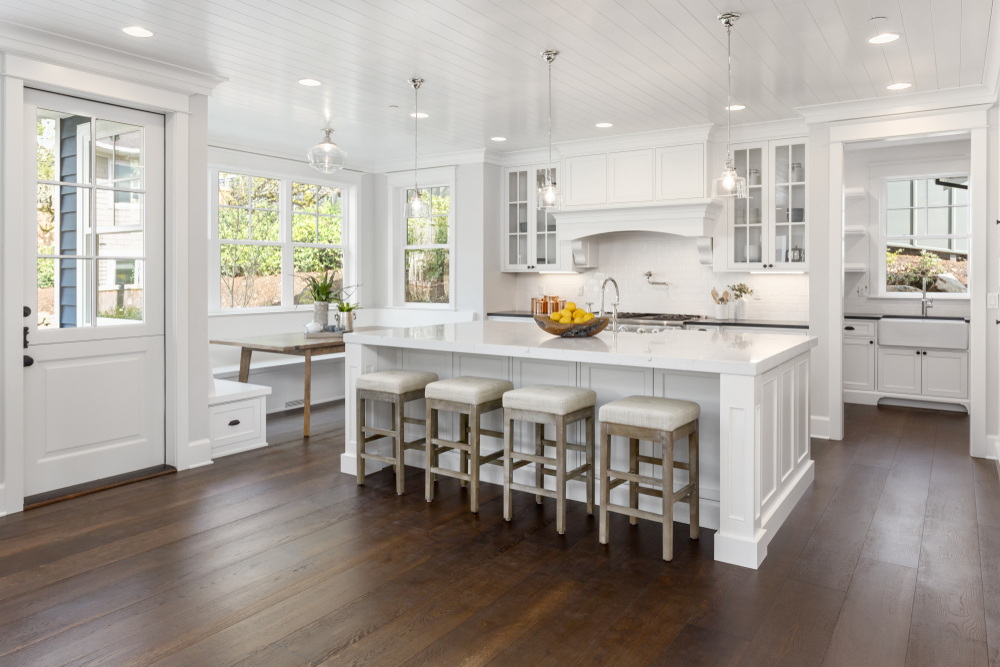
What is ambient lighting?
An essential lighting element in any room is ambient (also called general) lighting. Ambient lighting comes from a central overhead fixture that casts a uniform glow across the room.
Ambient lighting in your kitchen
In most kitchens, ambient light typically comes from either a single, large, central fixture or an array of recessed can lights. If your kitchen overall just feels too dim, these are the first places to check.
-If you have plenty of fixtures but it still feels too dim, you might not need to jump to replacing your fixtures right away! Before you bust out the toolbox, try replacing your light bulbs with brighter LED options. They give off more light and use less energy – it’s a win-win!
-If you want a new fixture, swapping out an existing central light fixture for one that is more modern or has more bulbs is usually a reasonably beginner-friendly DIY project. You can do the same with older recessed lights, swapping them out for a newer model with little fuss.
-If you want to replace a central light with an array of recessed lights, you’ll most likely want to hire a contractor or electrician.
Category Two: Task Lighting
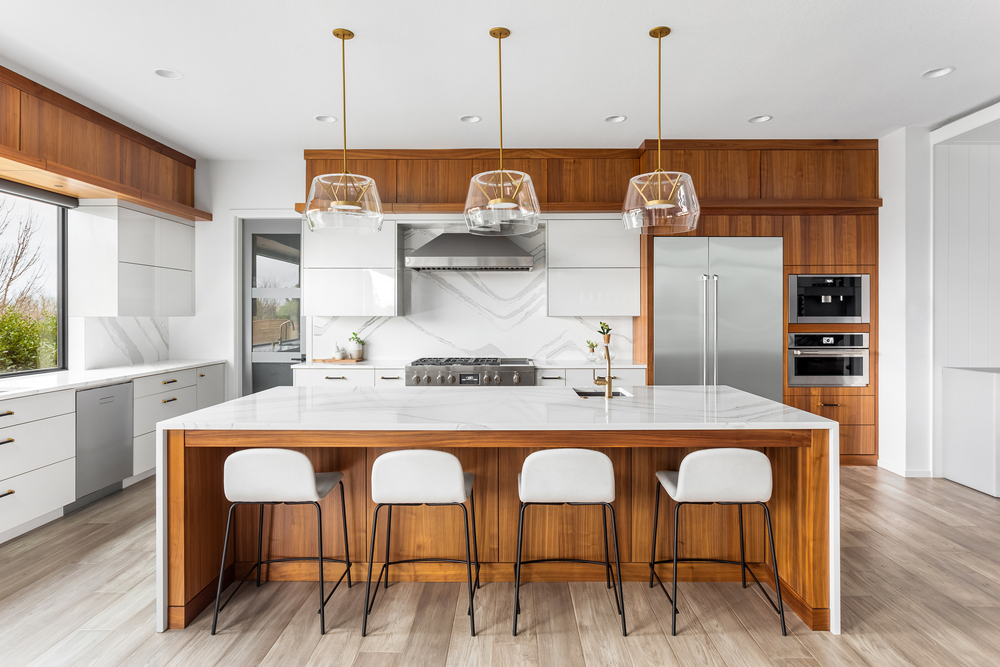
What is task lighting?
Task lighting is essential in kitchens – cooking is detailed work! That’s one of the reasons why pendant lights are standard over kitchen islands. Task lights in the kitchen enable additional focus for the home chef to carefully slice and dice. With bright, focused light, they can also turn countertops into a great craft/homework station.
Task lighting in your kitchen
Pendant lights are the most common task lights in kitchens, usually hung over an island or bar. You’ll also see recessed lights used as task lighting, strategically centered over a workspace to give extra light where you need it. Both of these options are usually best left to an electrician unless you have experience running electrical wiring.
-The number of pendants you use will depend on your island’s length, the pendants’ size, and the material of the shades. (Design experts recommend working in threes, so if you’re trying to decide between 2, 3, or 4, three is often the most aesthetically pleasing.)
-Some pendants have several shade options; others only come in one style. A pendant’s shade will significantly affect how it lights your space. Glass shades will allow the light to flow from all directions, and opaque shades will concentrate the light to shine down rather than spill out the sides. When in doubt, make a trip to our showroom and check out the pendants on display – you’ll be able to see how they light a space before they’re installed in your home.
-If you have tall family members whose sightline a pendant may interrupt, or if you just aren’t fond of pendants, consider having a few recessed lights strategically placed over your work areas instead.
Category Three: Accent Lighting

What is accent lighting?
Accent lighting is a powerful design tool that makes a kitchen look bigger by highlighting areas often hidden from ambient and task lighting. It only takes a small amount of light reflecting off the wall and the cabinetry to create the illusion of more space. Accent lighting can also be used to highlight special features in a kitchen.
Accent lighting in your kitchen
In kitchens, accent lights are often tucked under wall cabinets, on top of wall cabinets, inside glass-fronted cabinets, and/or along the bottom of base cabinets.
-To make your ceilings look higher, we recommend placing puck lights on the tops of your cabinets. These small battery-powered LEDs are inexpensive and don’t need fancy installments. Simply turn them on, nestle them on top, and let them draw the eyes of your guests to the height of the room.
-To brighten countertops underneath cupboards, we recommend getting puck lights or LED strips lights to run along the underside of your wall cabinets. Many are battery-powered, so you won’t need to hire an electrician. Some are remote-controlled or smart-home enabled so that you can turn them on from across the room!
-To highlight a collection or a set of dishware you love, try running LED strip lights along the inner edges of a glass-fronted cabinet. They’re very easy to install (many are peel-and-stick), and they’ll give your kitchen a high-end luxury look!
-To light kitchen walkways, use the same LED strip technique along the underside of your base cabinets. While this may seem like an unexpected option – it’s a great addition to your kitchen for late-night snackers and movie nights!
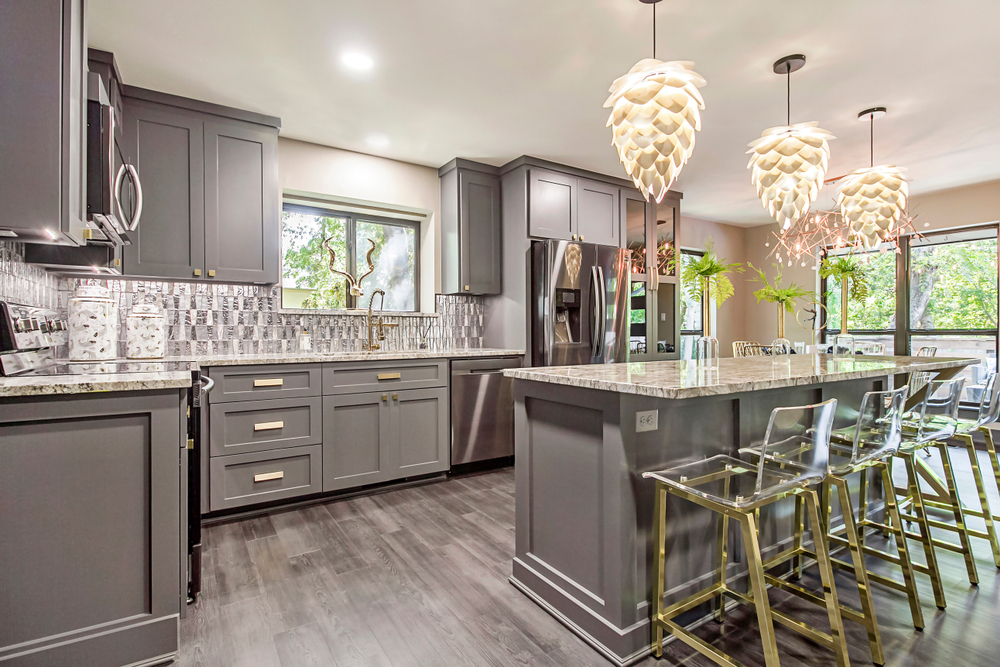
Round Out Your Kitchen with the Experts at Illuminations
A well-lit kitchen will have layers of light comprised of ambient, task, and accent lighting options, and they all work together to make your space feel comfortable and functional. If you’re renovating your kitchen, make sure you include a plan for lighting so that you’re not left in the dark when it’s finished.
The principles of well-rounded kitchen lighting are simple, but the possibilities are endless! You don’t have to do it on your own – the expert help and great selections available to you at our lighting showroom can be an invaluable resource to help you get the job done. Contact Illuminations today for customized advice, installation support, and great fixtures at great prices!


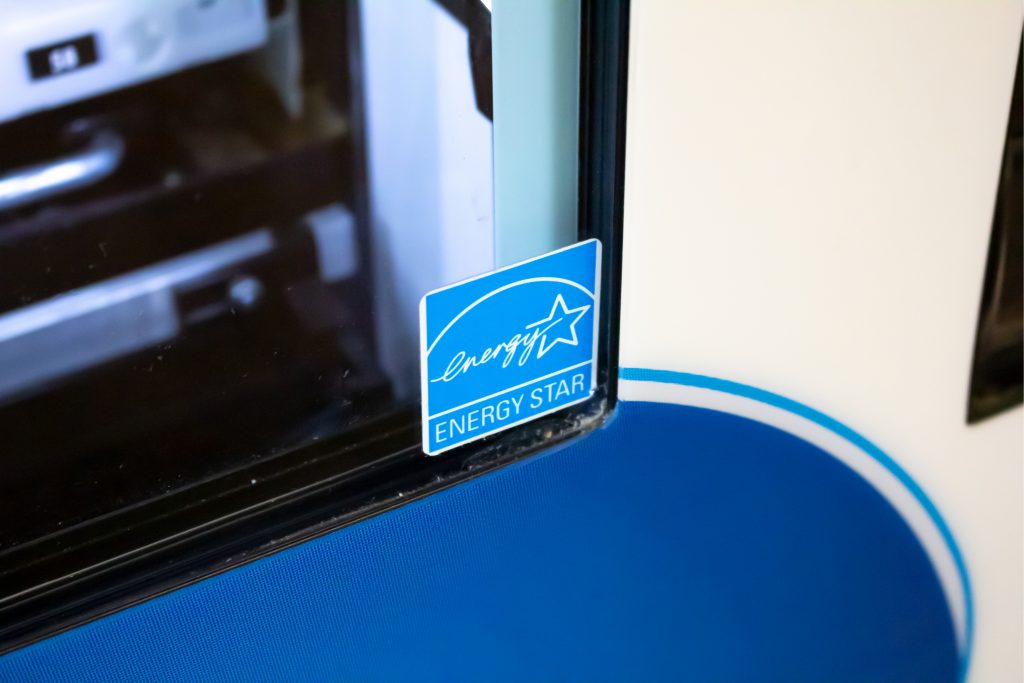

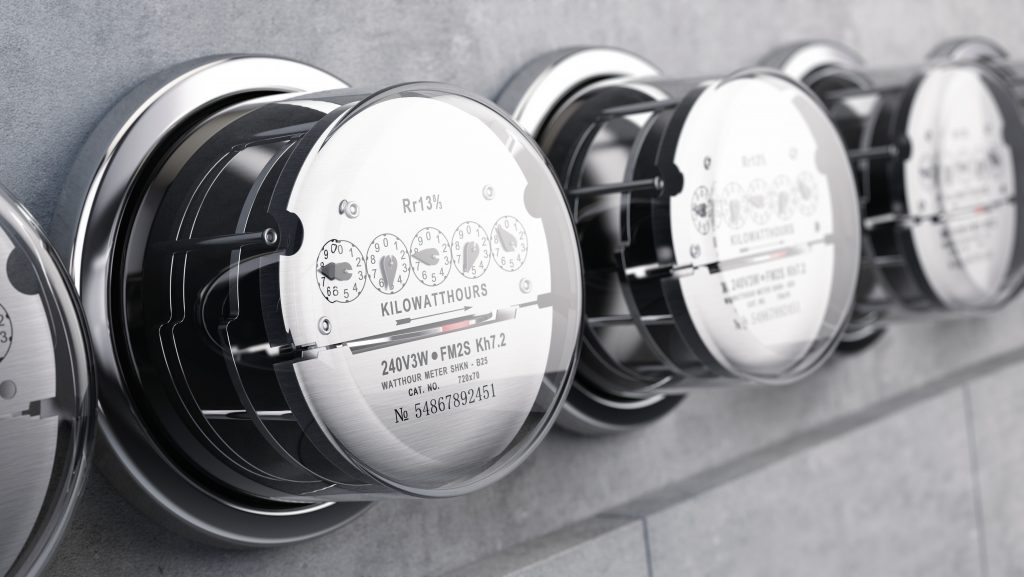

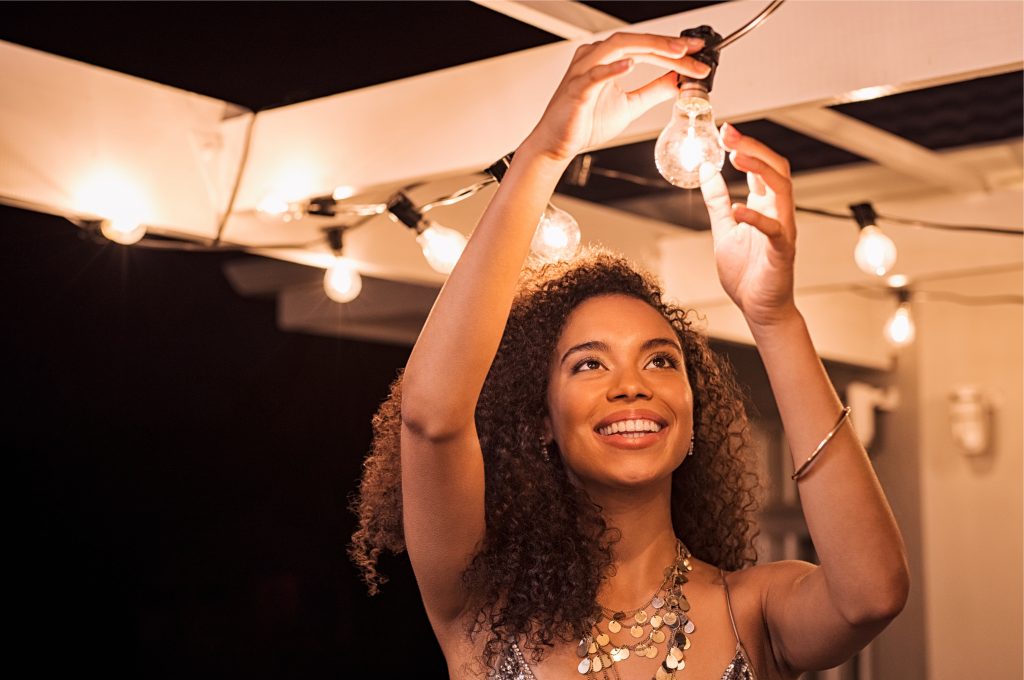
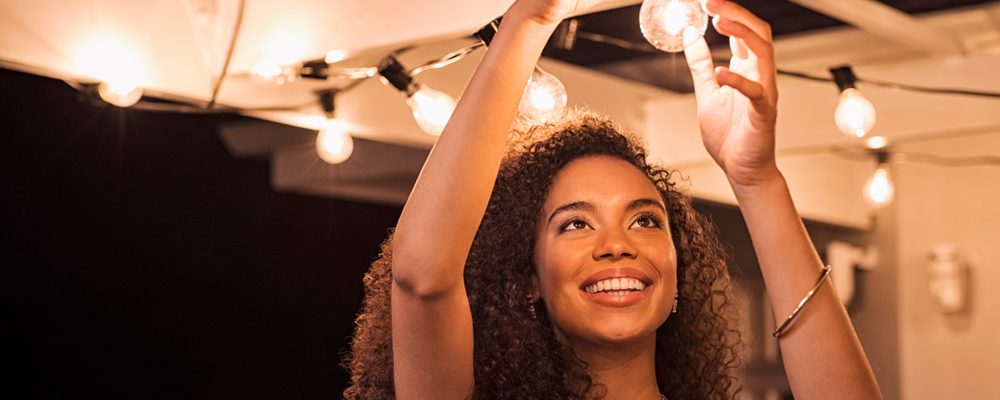
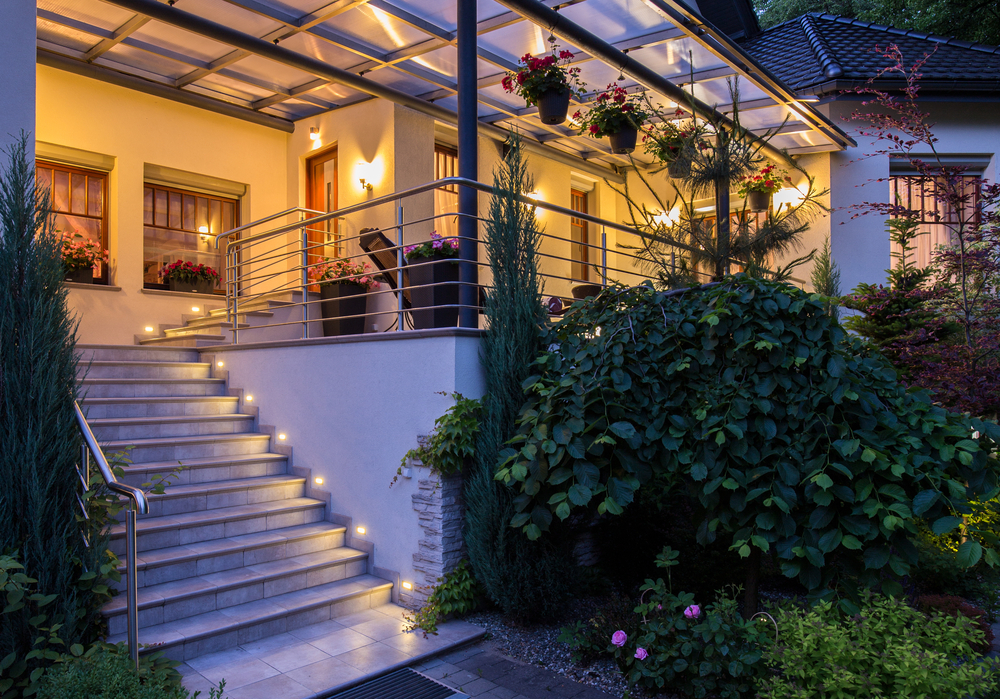
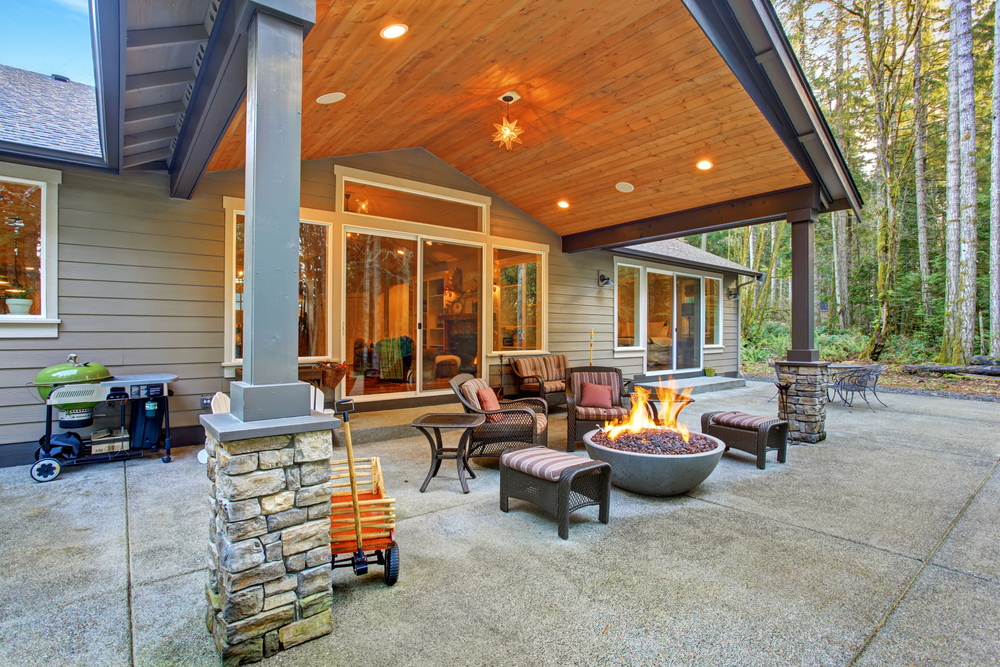
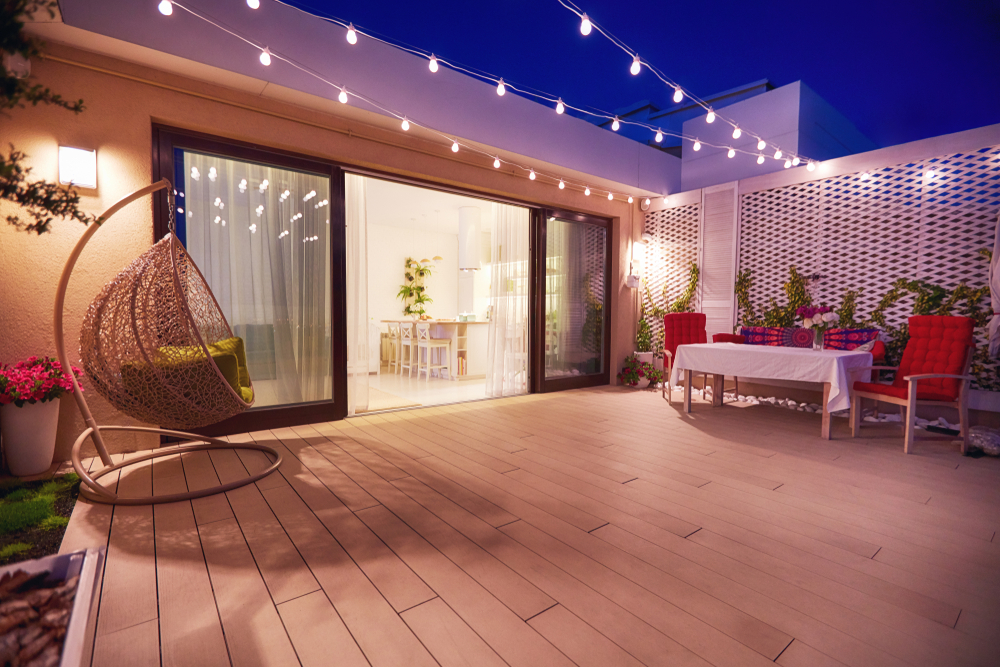
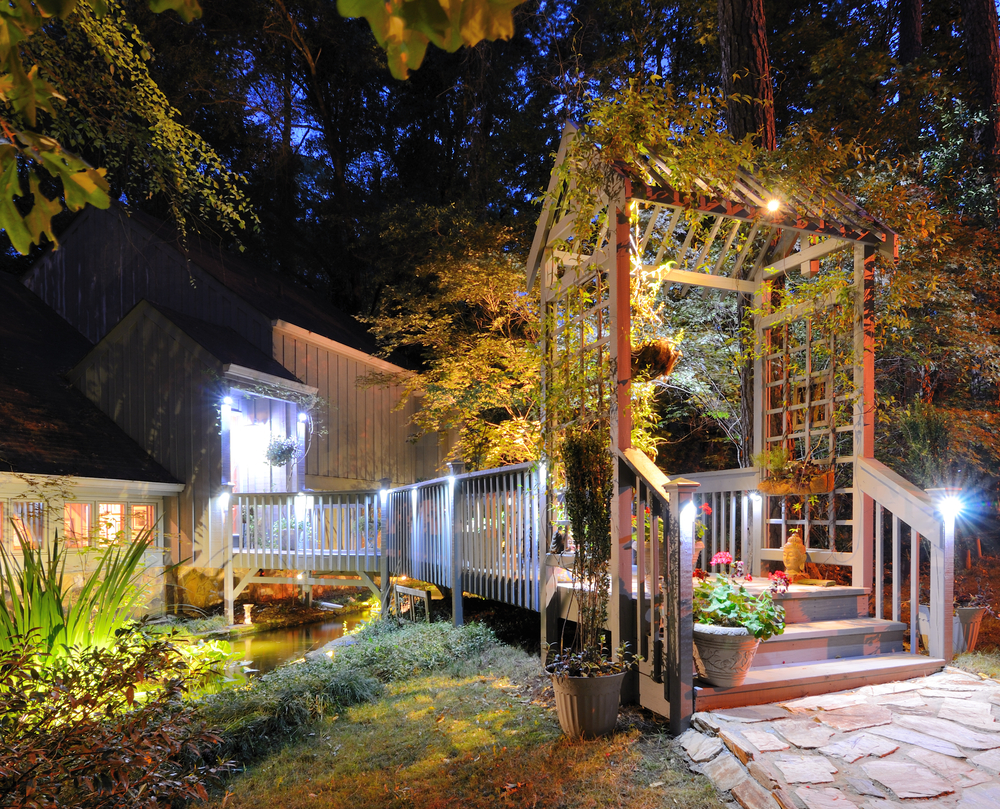
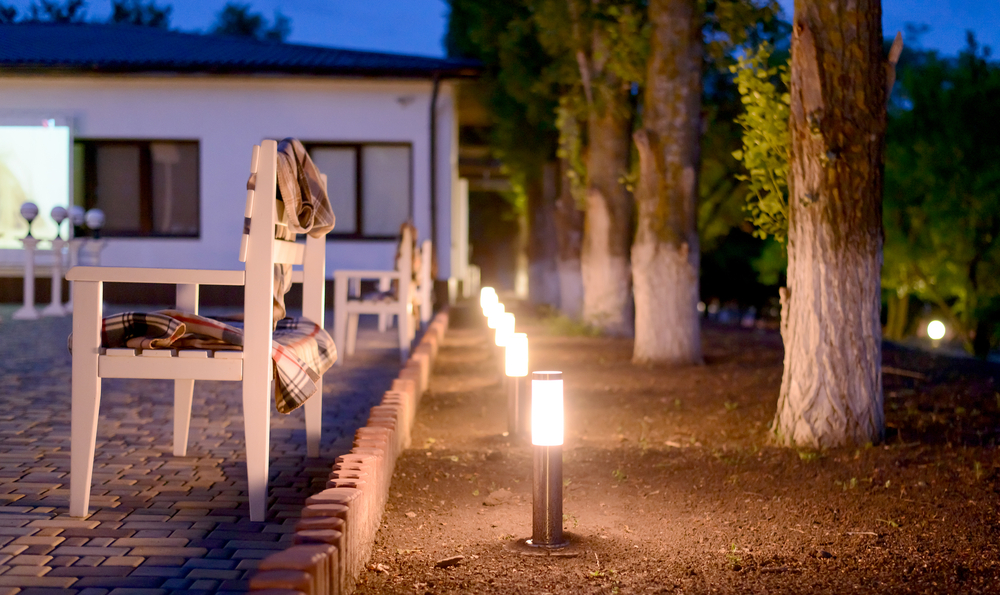
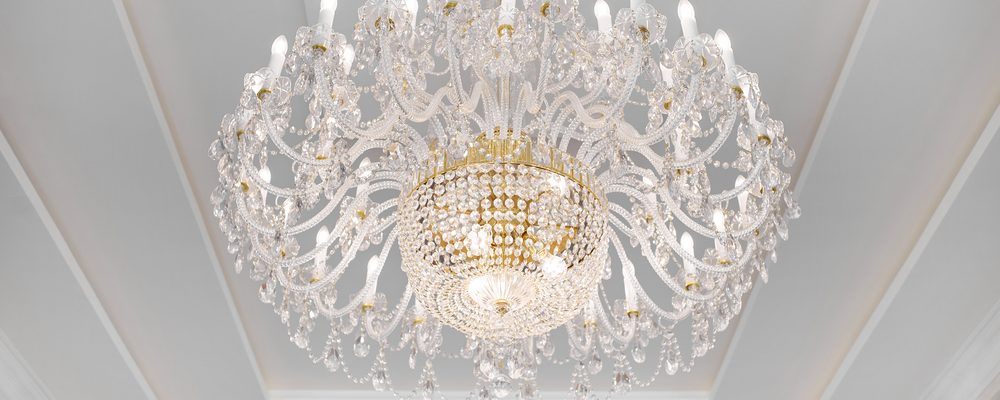
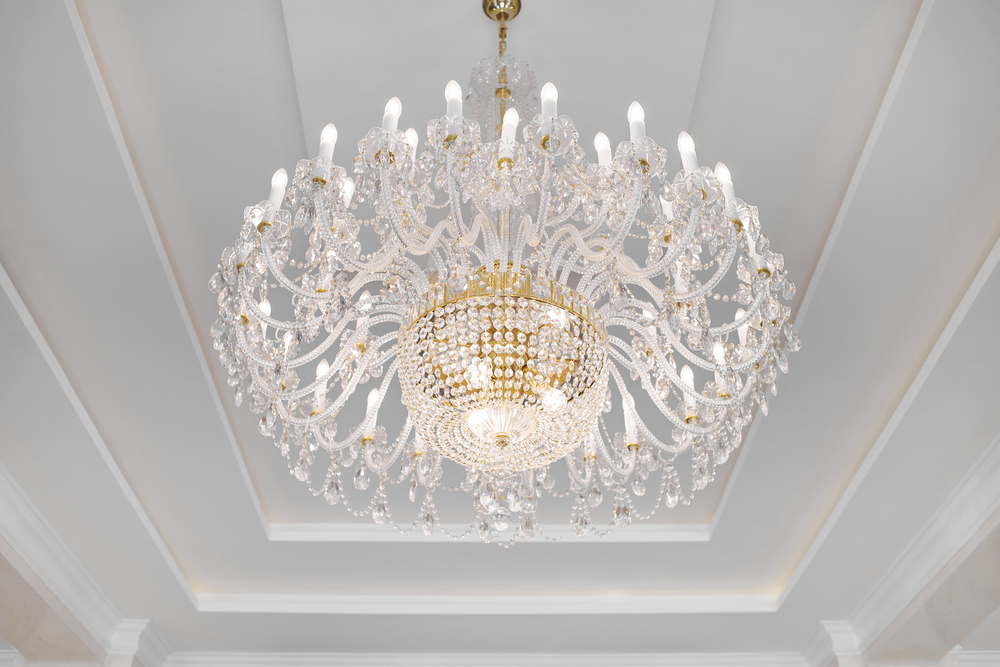 Chandelier
Chandelier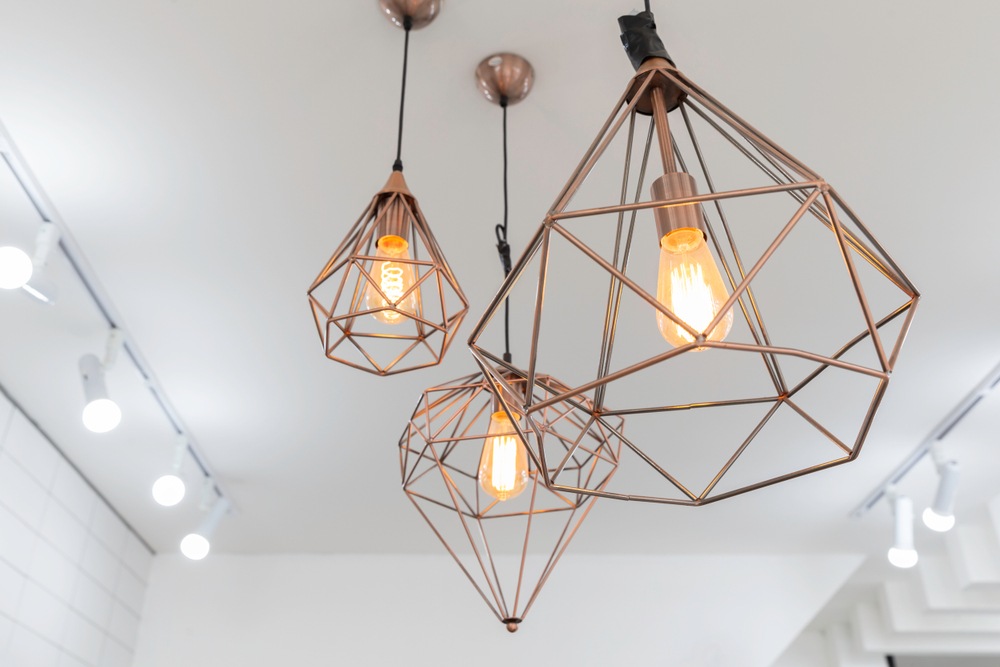 Pendant Light
Pendant Light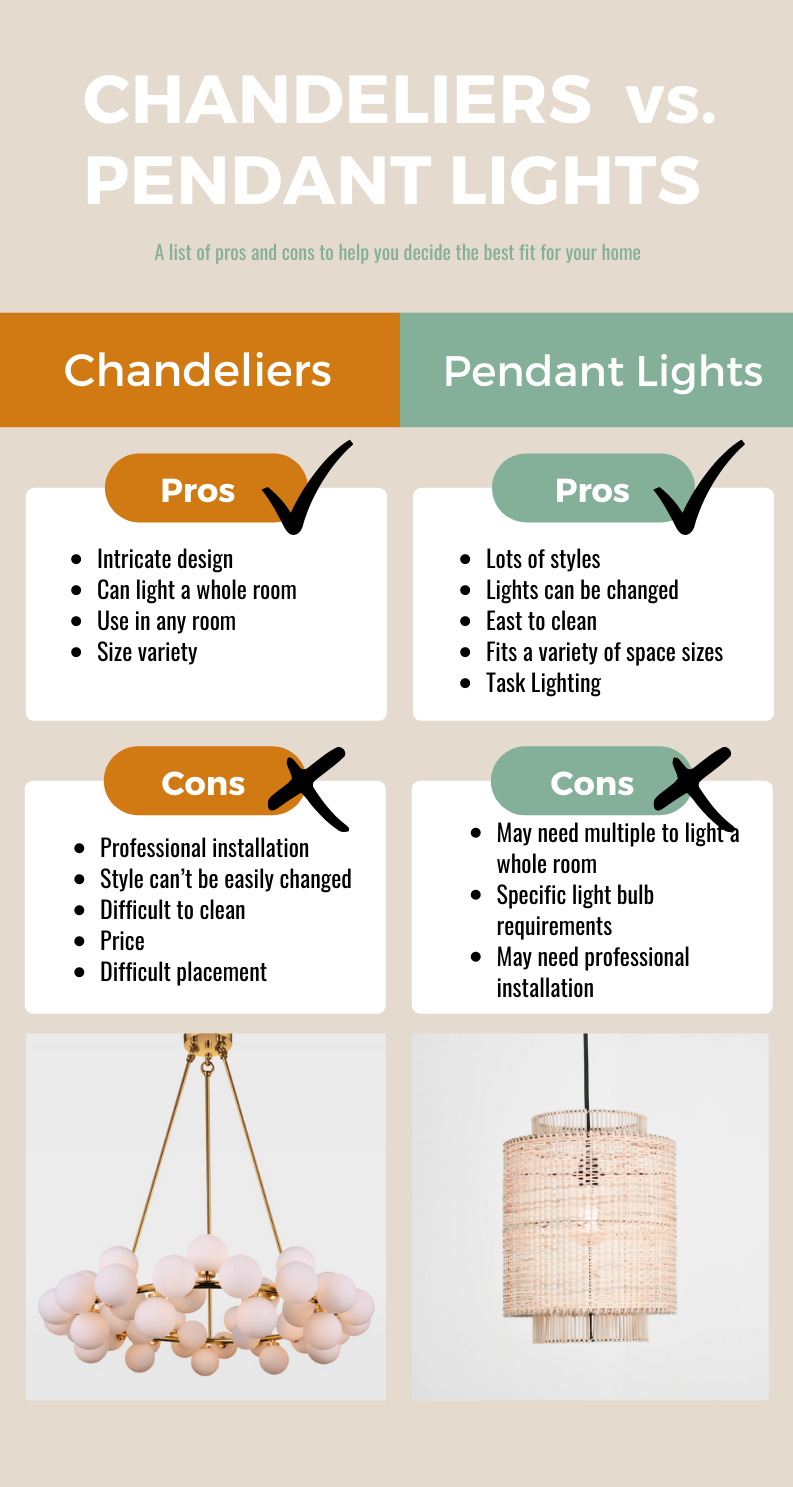
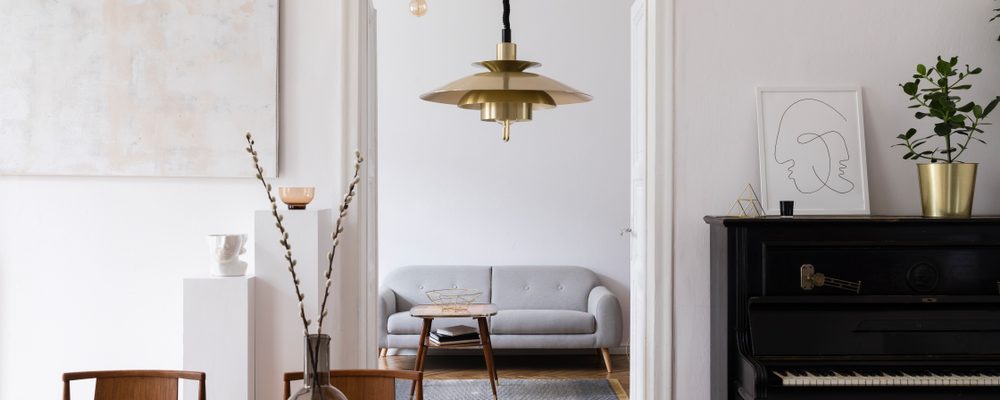
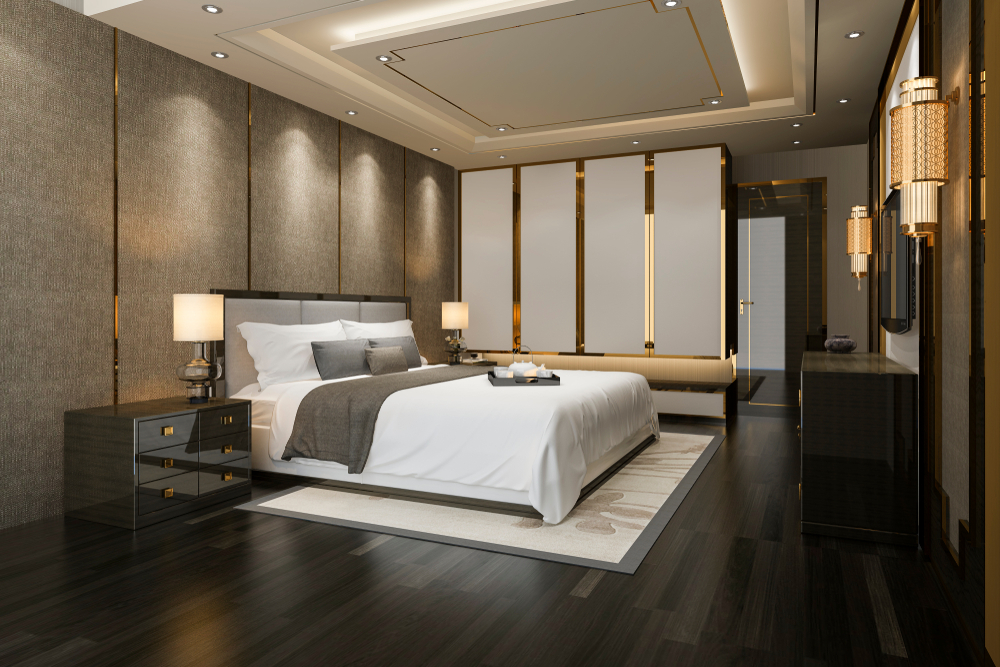
 Diffused light is a natural companion to warm light. This term refers to light that is scattered and doesn’t cast a hard shadow. You can create this effect through reflected or covered lighting. We’ll focus on the latter here and touch more on reflected light in the next section.
Diffused light is a natural companion to warm light. This term refers to light that is scattered and doesn’t cast a hard shadow. You can create this effect through reflected or covered lighting. We’ll focus on the latter here and touch more on reflected light in the next section.